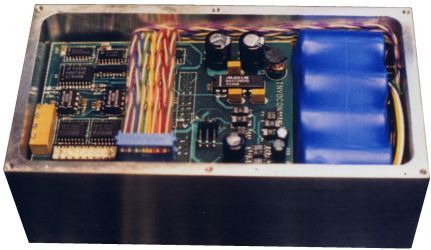Historical

NASA Johnson Space Center (JSC) sponsored Invocon’s development of “next generation” data acquisition and communications networking concepts to be deployed in, on, and around space structures under construction. The network required maximum efficiency to route low-speed digital data, high-speed digital data, and video data. All data transmission and reception at all three levels had to occur simultaneously without mutual interference.
This network used spread spectrum technologies to achieve the overall goals of acquiring near real-time data through an asynchronous network. Relays were required due to insufficient line-of-sight to the central monitoring points.
The network had to be capable of the following:
- Accommodate moving units so that all three levels of data could be entered into the network by an astronaut performing tasks related to the construction or inspection of the structure;
- Operate on minimum power and ready for deployment by a suited astronaut to any point on the structure;
- Demonstrate the ability to determine the vibration resonances of the structure; and
- Detect frequency components that appear to have the amplitude and frequency energy to drive the structure into uncontrolled resonance.
The preliminary research and testing accomplished in this project provided a foundation for the NASA Development Test Objective (DTO) experiment entitled the Wireless Data Acquisition System (WDAS), which was deployed on two Shuttle missions.
